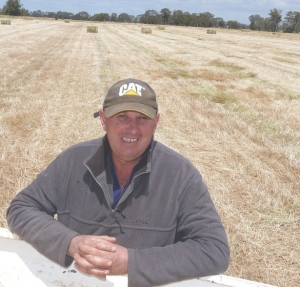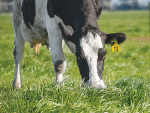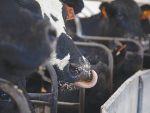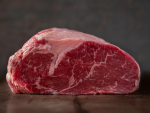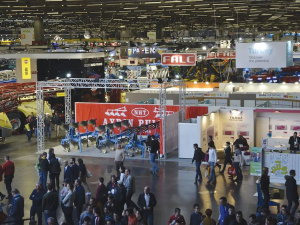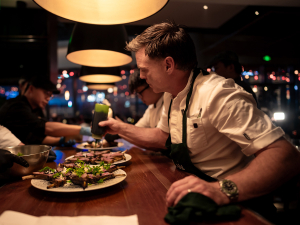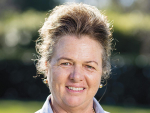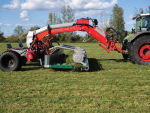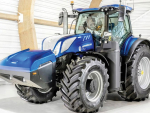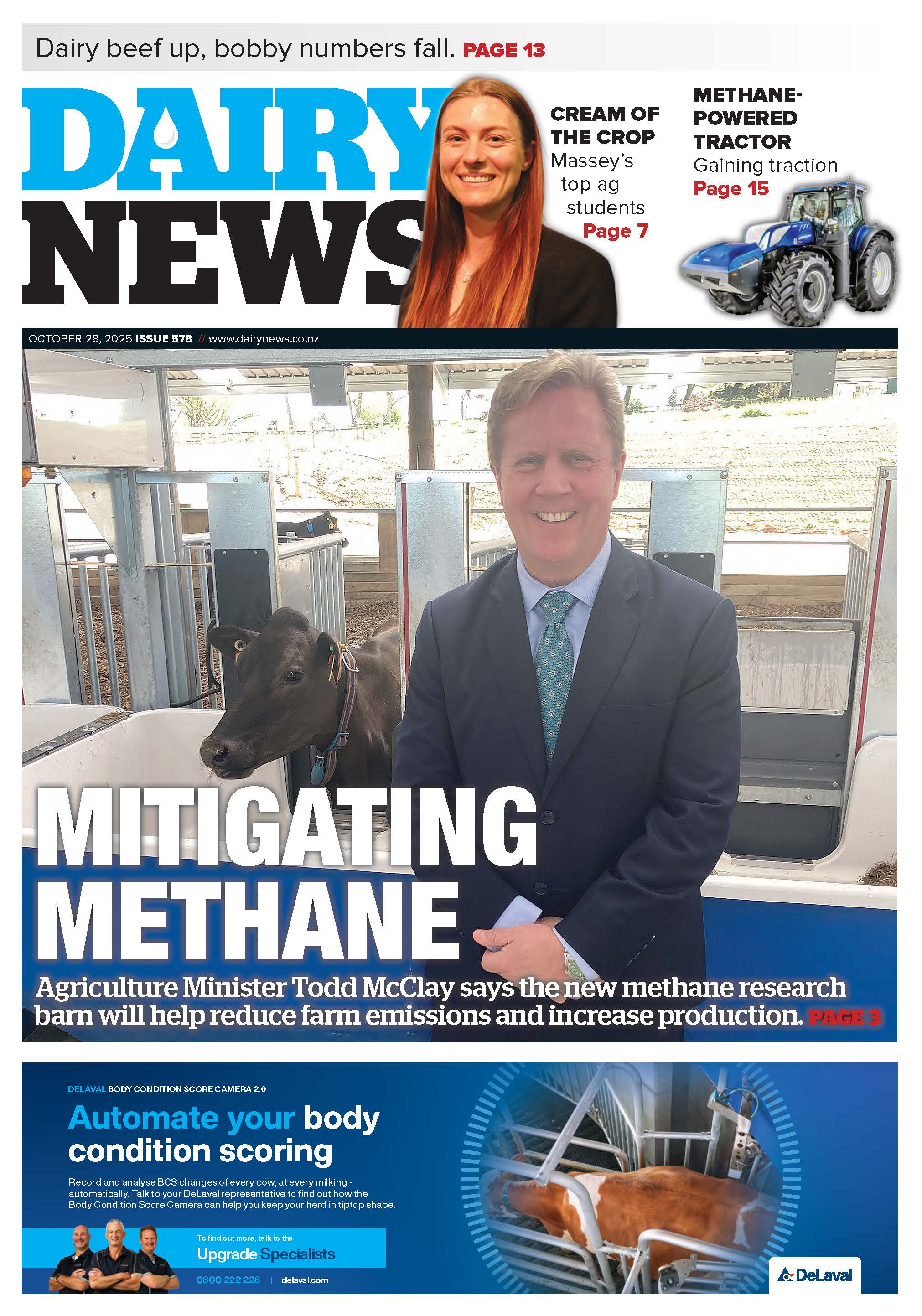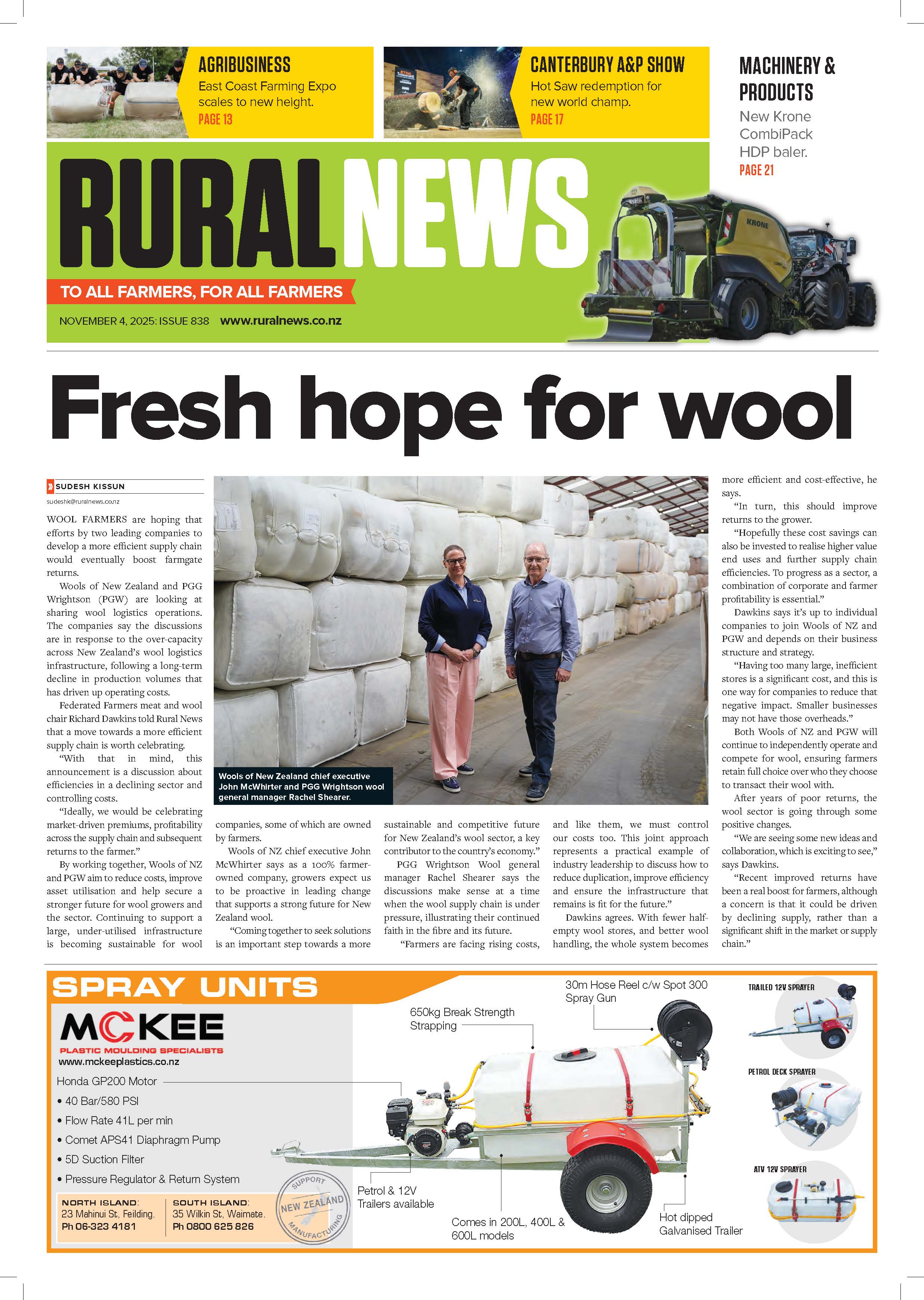The a2 milk suppliers from Nanneella, Victoria, have changed their calving pattern from three times a year to four in a bid to flatten their milk supply, as well as easing the personal strain during calving. It has also improved farm management, according to Brett Gledhill.
“When we initially suggested three or four calvings, our vets said it would be too much work. I said, ‘we’re here anyway, so what’s the difference if we’re calving cows too, and you’re doing it in short bursts’.”
Each calving window is three weeks.
The Gledhills are running 180 head and milking 140 cows throughout the year – due to the need to cull 50 head in one hit – and plan to build this to 200 milkers, milking those consistently throughout the year. As a result, they are calving 35 cows every three months.
Bulls are no longer bought. Cows are inseminated and those that don’t get in calf are carried over to the next lot, six-eight weeks later. “A cow may have been crook, so we give them another go.”
The benefits continue when the calves are on the ground, with Gledhill saying 30 calves receive more attention and therefore better care than 60 or more at once.
Judith manages the breeding and calf rearing aspects of the operation. Robotic feeders have been used for the last five years to assist.
Hair samples are taken from calves and tested for the a2 gene. Anything not a2 is sold.
Calves are weighed every three months and are carefully managed to ensure they meet their targeted joining weight.
When heifers are approaching their first joining, they are weighed a month beforehand. Anything not going to make the target weight is moved down into the next mob. This is also credited to the rising conception rate.
Holsteins must be 350kg and Jerseys 320kg at 12 months for their first joining.
Calving rates have improved at least 10-15%, while conception rates have been 65-72% after one round of AI.
It was 2009 when the Gledhills first registered their interest in a2, attending an information session at the Mulcahy family’s Kyabram processing plant. At the end of the session they had signed to convert their herd.
It was a slow process, as 32% of their herd were straight a2 – containing the a2 beta-casein protein – so they began breeding from a2 sires and culling non-a2 cows.
In May 2012, the 240-head herd comprised 140 a2 cows. Brett got a call from the Mulcahys saying they were short of a2 milk and could he supply some in two days.
“We had 50 cows left to cull,” Brett says. They were culled very quickly. They bought some a2 cows – including about 30 Jerseys from a dispersal at Stanhope – but have now made the decision to breed up.
There are 180 cows, with 100 head of young stock coming through. They are trying to build the herd by 20 cows each year.
The a2 milk delivers a premium to the Gledhills for little extra cost. “That was the best thing, I didn’t have to spend excessive money. They paid for the testing of cows, and we kept chipping away, building our a2 numbers,” he says.





